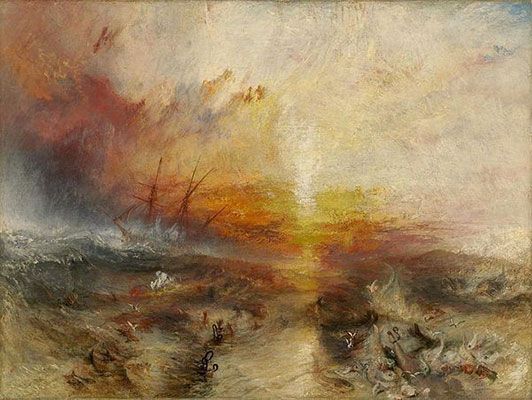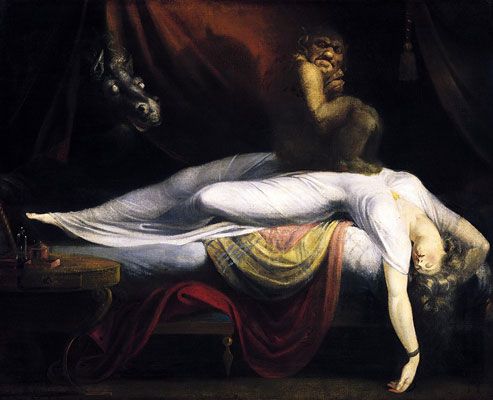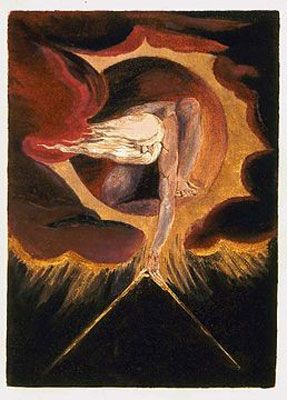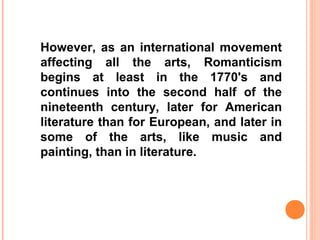The Romantic period arose in part when a society has grown tired of trends in intellectual thought rationalization industrialization and the veneration of science. However after Beethoven it was seen that music could be emotional expression Although striving for an ideal state of being was at the heart of the Romantic movement the highest artistic goal was They worked to break down barriers of harmony form and genre.

Romanticism In France Smarthistory
The highest artistic goal of the Romantic movement was A.

. Provided the ideal of individual political freedom and fulfillment Romanticism and. From the start Romanticism emerged as a global movement. The Highest Artistic Goal Of The Romantic Movement Was.
Germany composers were writing increasingly complex and emotional music touching on the nightmarish as part of an artistic movement called. The supernatural and the macabre. They worked to break down barriers of harmony form and genre.
In part spurred by the idealism of the French Revolution Romanticism embraced the struggles for freedom and equality and the promotion of justice. What 1 important Romantic themes was opera tied into combining music with poetry and other forms of literature as well as philosophy which made perfect sense to both the composers and the audiences what was the other romantic theme that opera was tied into the celebration of music as the most profound of all arts. It also promoted the individual imagination as a critical authority allowed of freedom from classical notions of form in art.
The highest artistic goal of the Romantic movement was personal emotional expression What role did the Romantics play in the revolutionary atmosphere of the nineteenth century. Striving for a better higher ideal state of being emotional expression became the highest artistic goal Bohemians- proclaimed romantic love led irregular lives and wore odd clothes jean-jacques rousseau. They were rebels against the established political and social order Which is true of Romantic composers.
The romantic exalted beauty and ideals giving freedom to feelings. Click here to get an answer to your question In literature as in music Romantic artists worked toward what aesthetic goal. -There was an expectation that each artist would develop a.
Which is true of Romantic composers. Heart of the Romantic movement -striving for a better higher ideal state of being -emotional expression became the highest artistic goal rubato -refers to the expressive and rhythmic freedom by a slight speeding up and then slowing down of the tempo of a piece -performers improvised rhythmically applying rubato to nearly every score they played. The romantic movement was characterized by the emotional sensitivity and subjectivity of its works.
Its ultimate goal was to reject established conventions replacing them with a new aesthetic ideal of subjectivity individualism originality and freedom that captured the spirit of modern times. Likewise Romanticism is known for its themes of individualism adventure and freedom from society. Romanticism assigned a high value to the achievements of heroic individualists and artists whose examples it maintained would raise the quality of society.
Romantic art focused on emotions feelings and moods of all kinds including spirituality imagination mystery and fervor. The Romantic Period 1820-1900 is a 19th century artistic movement that saw music literature and fine art rebel against the strict rules of Neoclassicism including the classic Enlightenment. The Romantic Movement focused greatly on the development of folklore and local traditions and customs through art.
- Romanticism also known as the romantic movement or romantic era was an artistic literary musical and intellectual movement that originated in europe towards the end of the 18th century and in most areas was at its peak in the approximate period from 1800 to 1850. Which is true of Romantic composers. The preservation of historical achievements.
People longed for the escape of emotionally charged images and fantastical fiction in the visual arts and in literature. The subject matter varied widely including landscapes religion revolution and peaceful beauty. Although striving for an ideal state of being was at the heart of the Romantic movement the highest artistic goal was.
True about Romantic style -Romanticism encouraged innovation. It respects the genius of the artist and grants the artist unlimited freedom. Painters began using current events and atrocities to shed light on injustices in dramatic compositions that rivaled the more staid Neoclassical history paintings accepted by national academies.
What was the highest artistic goal for Romantics. Romantic nationalism changed dramatically following the French Revolution. However one of the lasting legacies of this movement has been the assertion of nationalism which featured heavily in the work of Johann Gottfried von Herder.
Emotional expression Which of the following describe Romantic style and which do not. Adherence to religious and social conventions. The subject was one of contemporary horror depicting shipwrecked men who had reportedly resorted to cannibalism to survive.
Théodore Géricaults The Raft of the Medusa of 1821 remains the greatest achievement of the Romantic history painting which in its day had a powerful anti-government message. It was a current that rejected the precepts of order calm and rationality of the classical and neoclassical times of the late 18th century. The brushwork for romantic art became looser and less precise.
Romanticism allows the artist to create works from their imagination where each work is valued for its personal voice and expression.

In Sight By Jim Carpenter Painting Acrylic Zatista Abstract Figure Art Painting Figurative Art

British Marine Art Romantic Era Marine Art British Marine Art Google

Romanticism Important Art Theartstory

Romanticism Important Art Theartstory

Romanticism Important Art Theartstory



0 comments
Post a Comment